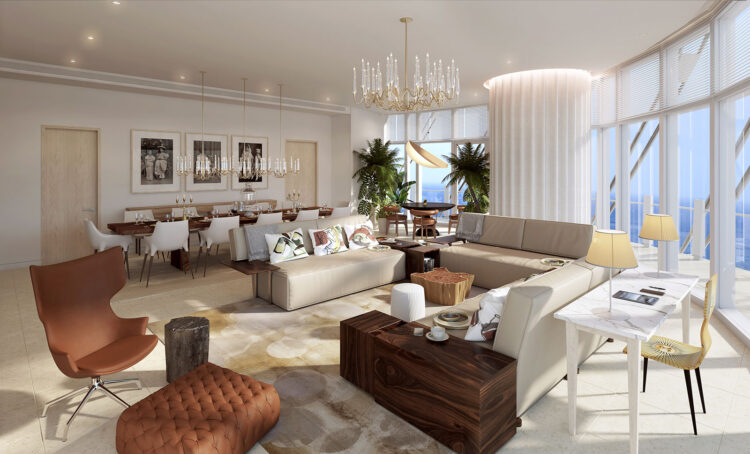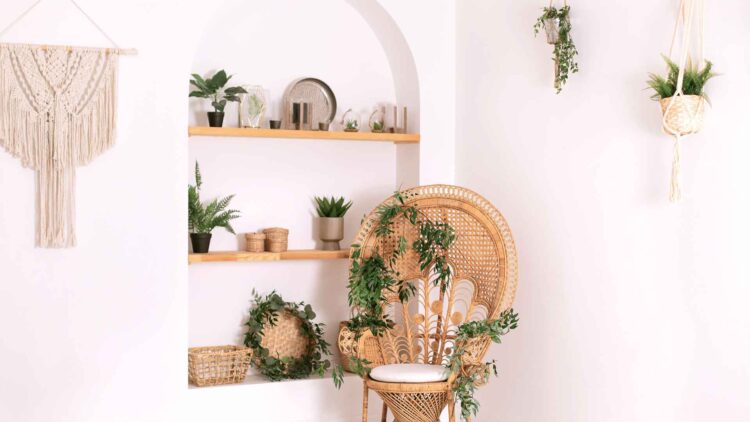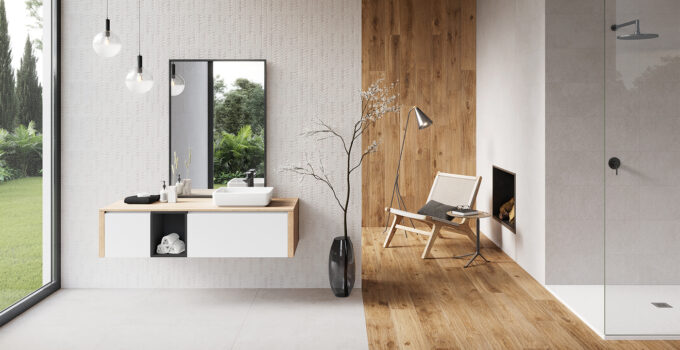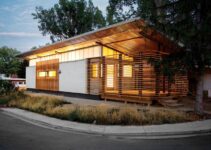Creating a home that truly reflects your personality and lifestyle can turn any living space into a personal sanctuary. But how do you find the perfect balance between interior design and your lifestyle?
This blog post will guide you through tips and insights to help you create a harmonious living environment tailored to your unique needs.
Page Contents
1. Assess Your Lifestyle
Understanding your lifestyle is the first step in finding the perfect interior design. Are you someone who loves hosting parties, or do you prefer quiet evenings with a book? Do you have kids or pets that require durable furniture? Whether you’re looking for interior design Dubai or elsewhere, knowing how you live helps guide your design choices.
Ask yourself how you use your space daily, what activities take place in each room, and whether you prefer open spaces or cozy, enclosed areas.
2. Prioritize Practicality
While aesthetics are important, functionality should never be overlooked. The best interior designs seamlessly blend beauty and practicality. Think about how you use your space and what you need from it.
Consider incorporating clever storage options to keep your home clutter-free, arranging furniture to allow easy movement through rooms, and choosing materials and finishes that are easy to clean and maintain.

Source: sapphireresidences.lk
3. Reflect Your Personality
Your home should tell your story. Infusing personal touches makes your space uniquely yours. Whether it’s through artwork, family photos, or souvenirs from travels, these elements bring character to your home.
You might create a gallery wall to display a collection of your favorite photos or art pieces, incorporate family heirlooms or antiques, or showcase items related to your hobbies or interests.
4. Choose a Color Palette
Color plays a significant role in setting the mood of a room. The right color palette can enhance your lifestyle and create the desired ambiance. Choose colors that reflect the mood you want to create, ensure a cohesive color scheme throughout your home for a harmonious look, and use accent colors to add interest and personality.
5. Identify Your Design Preference
Identifying your preferred design style helps create a cohesive and visually pleasing home. Whether you lean towards modern, rustic, traditional, or eclectic, understanding your style is key.
Popular design styles include modern, with its clean lines and minimalistic approach; rustic, characterized by natural materials and earthy tones; traditional, known for classic furniture and elegant details; and eclectic, which is a mix of styles and periods with bold colors and unique items.
6. Mix and Match
Don’t be afraid to mix different styles to create a space that is uniquely yours. Combining elements from various design styles can result in a balanced and intriguing home. Ensure a balanced mix to avoid a chaotic look, use focal points to anchor the room and bring different styles together, and find common elements, such as color or texture, to tie different styles together.
7. Light It Up
Lighting can dramatically affect the feel of a room. Proper lighting enhances the functionality and aesthetics of your home. Consider the types of lighting you need, such as ambient lighting for overall illumination, task lighting for specific activities like reading or cooking, and accent lighting to highlight features like artwork or architectural details.
8. Incorporate Natural Elements
Bringing nature indoors adds warmth and a sense of calm to your home. Plants, natural materials, and eco-friendly options can enhance your living space. Use indoor plants to purify the air and add life to your rooms, incorporate wood, stone, and other natural materials, and choose eco-friendly furniture and decor.

Source: vistaresidences.com.ph
The Bottom Line
By understanding your lifestyle, prioritizing functionality, reflecting your personality, and staying adaptable, you can create a home that is both beautiful and practical. Embrace your style, infuse personal touches, and let your home tell your unique story.





